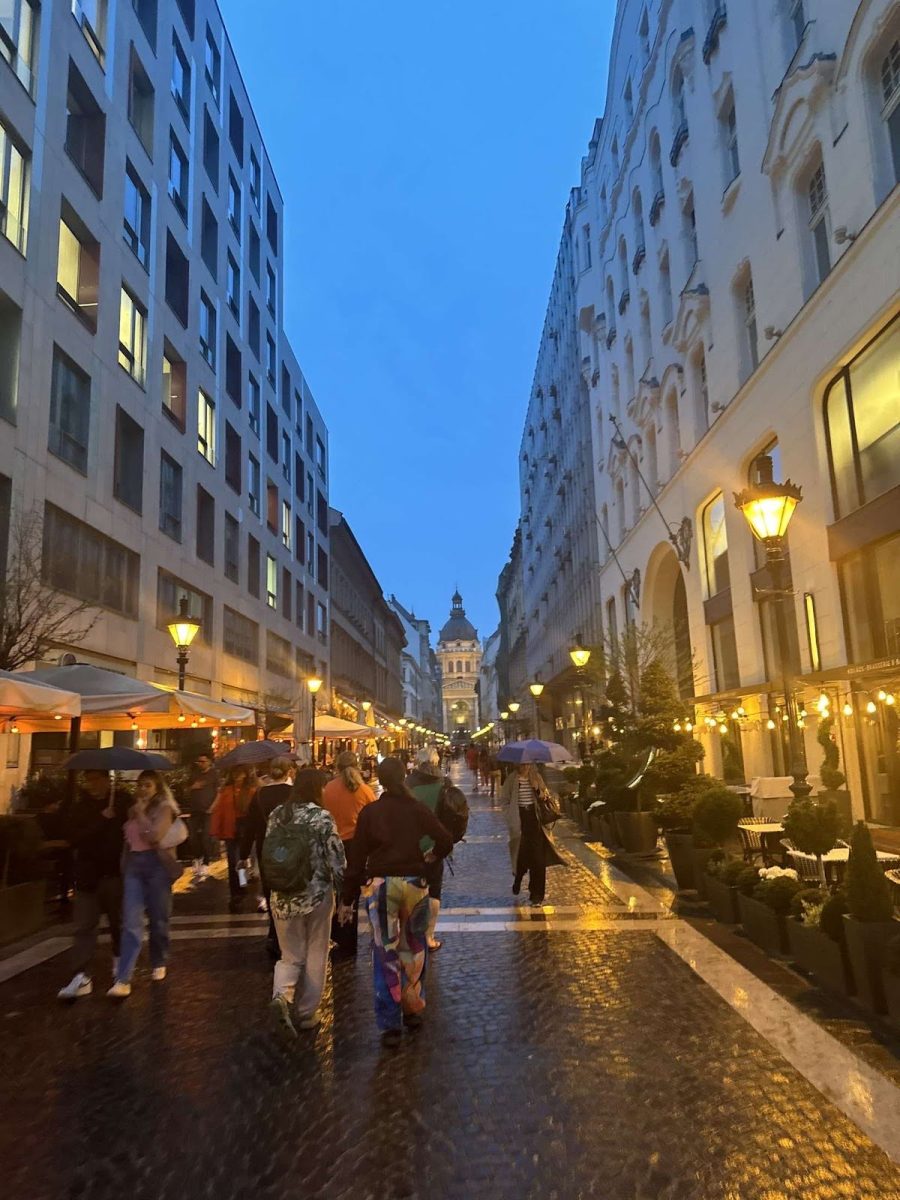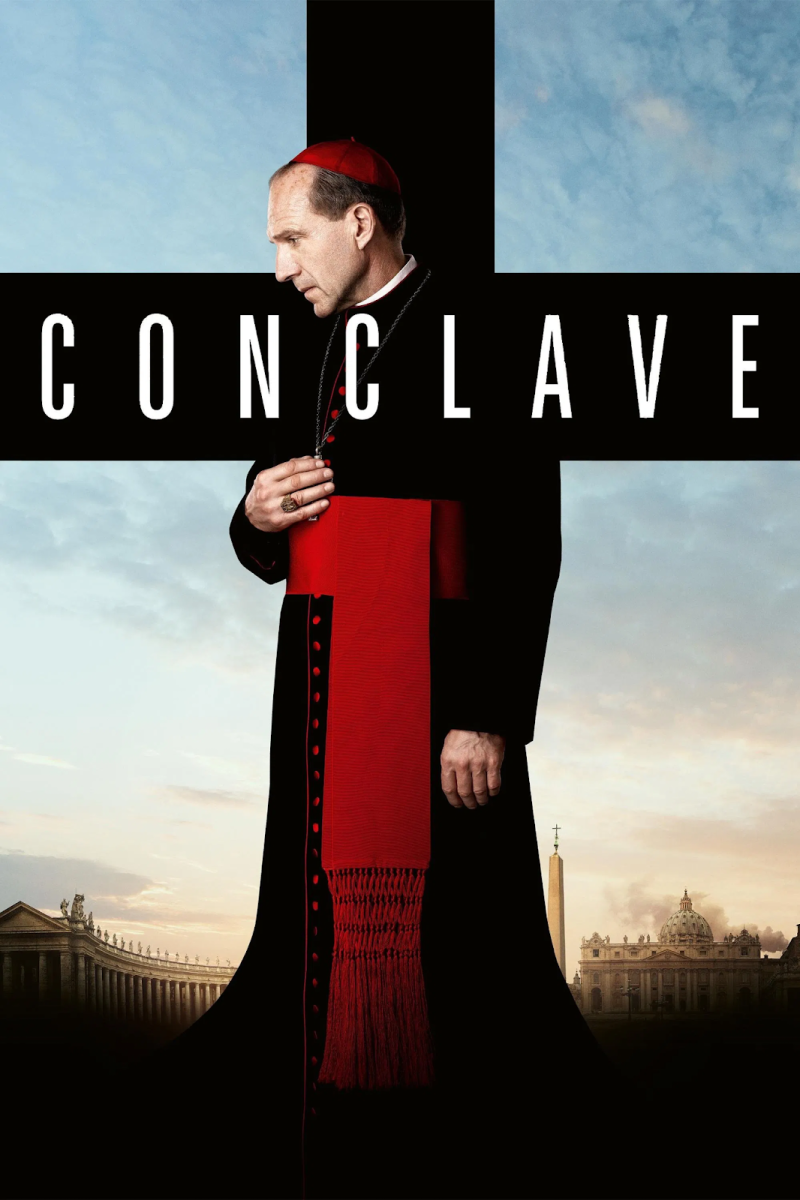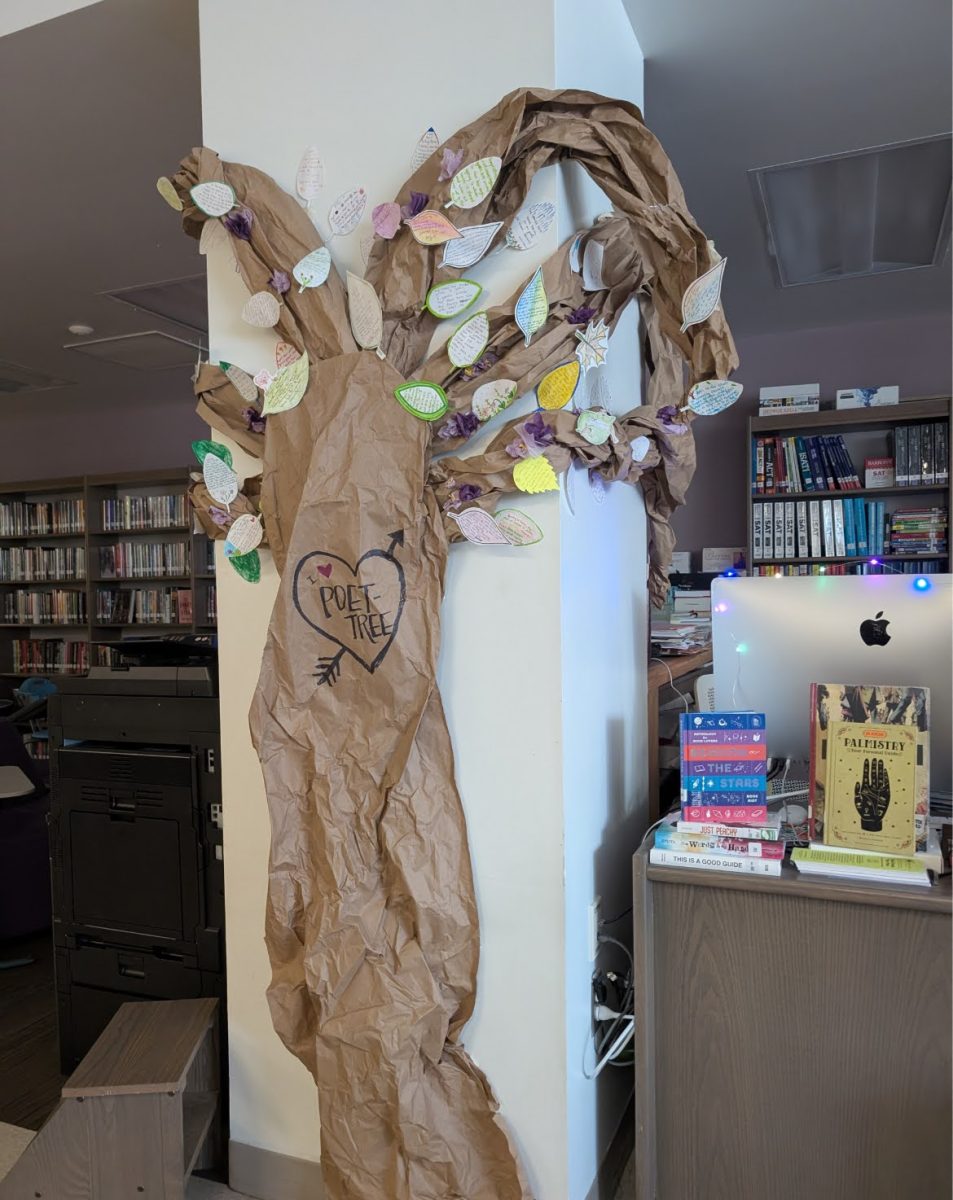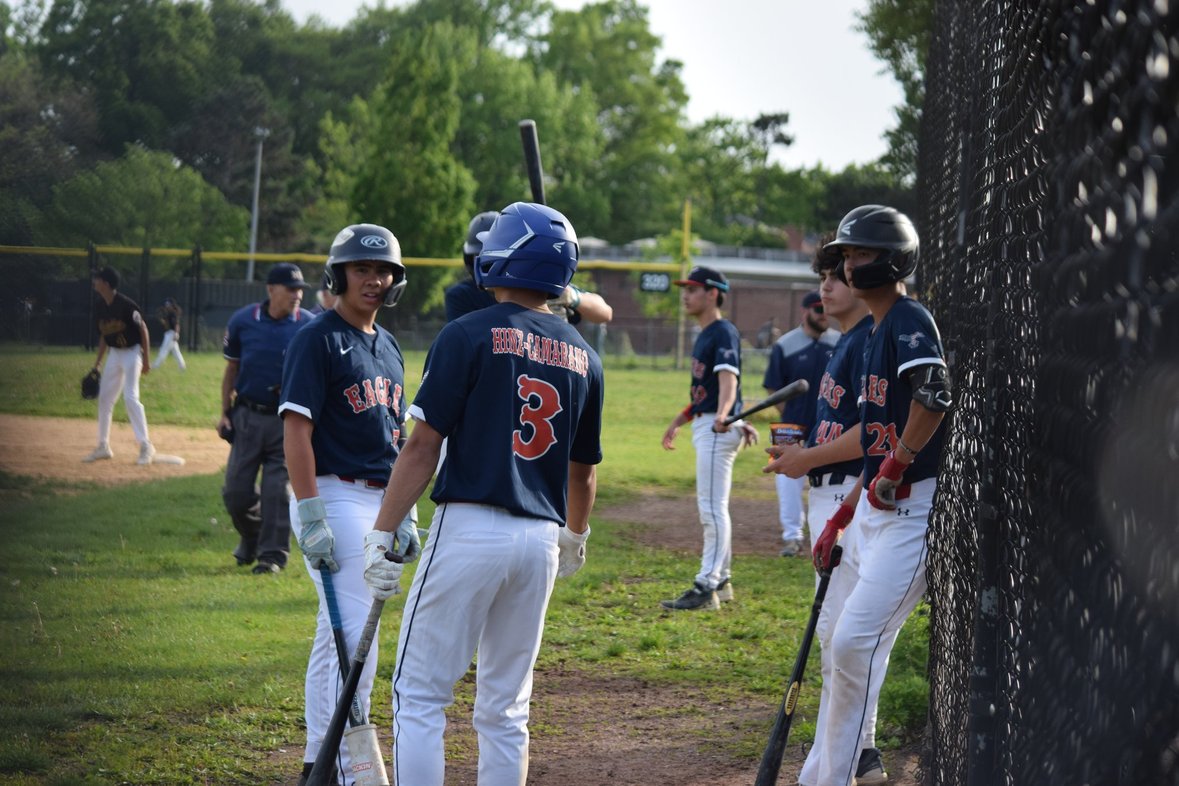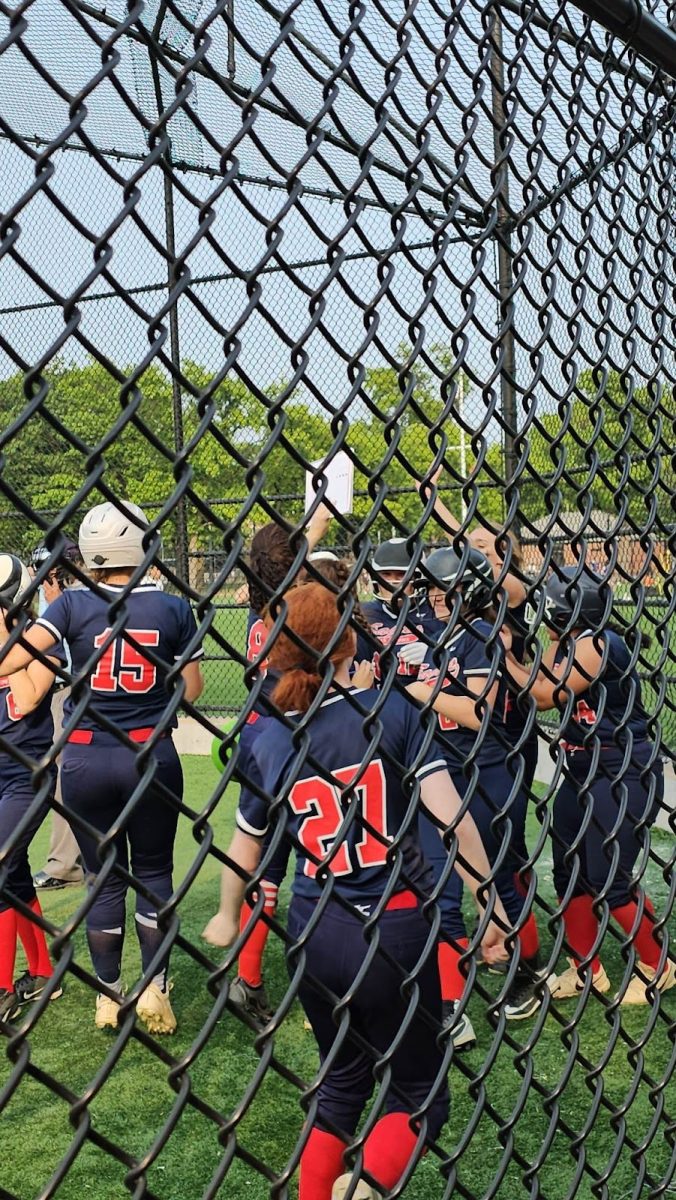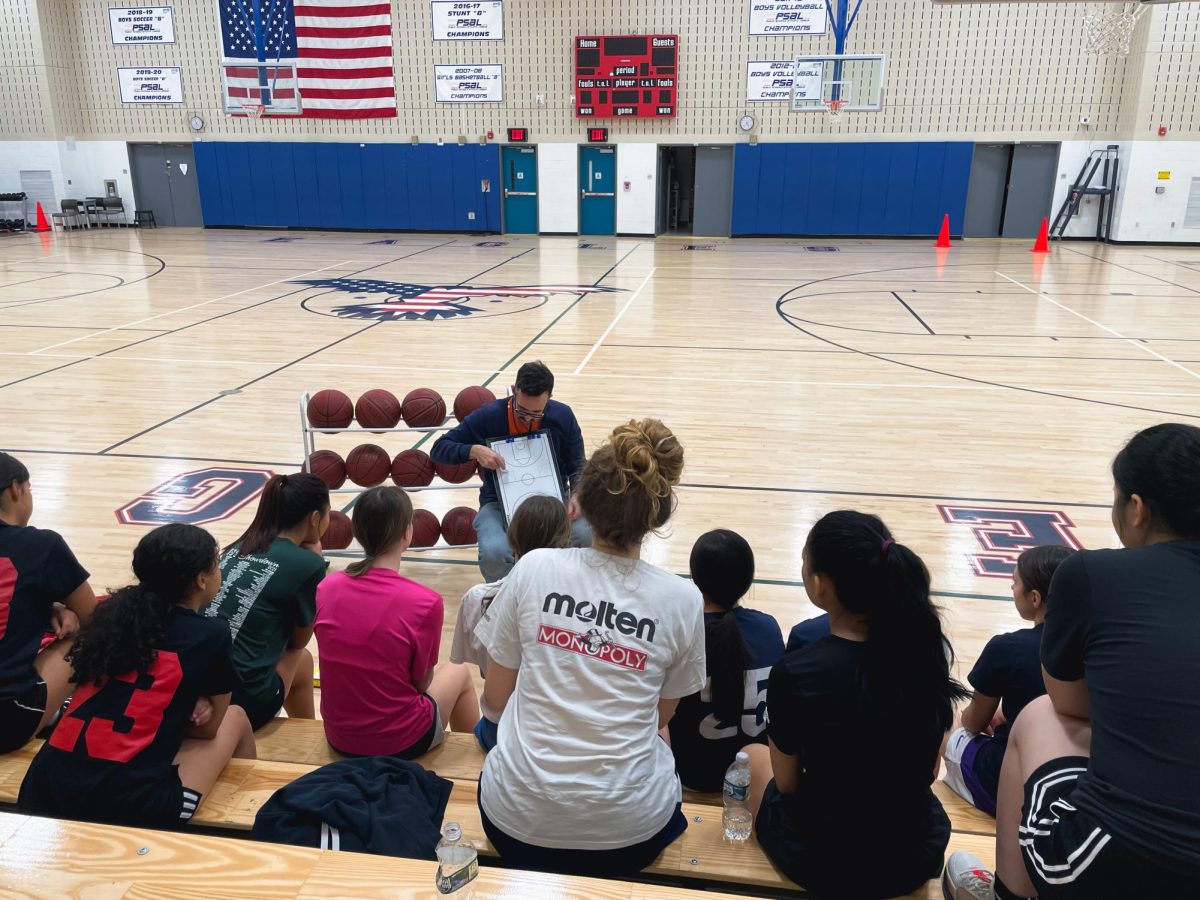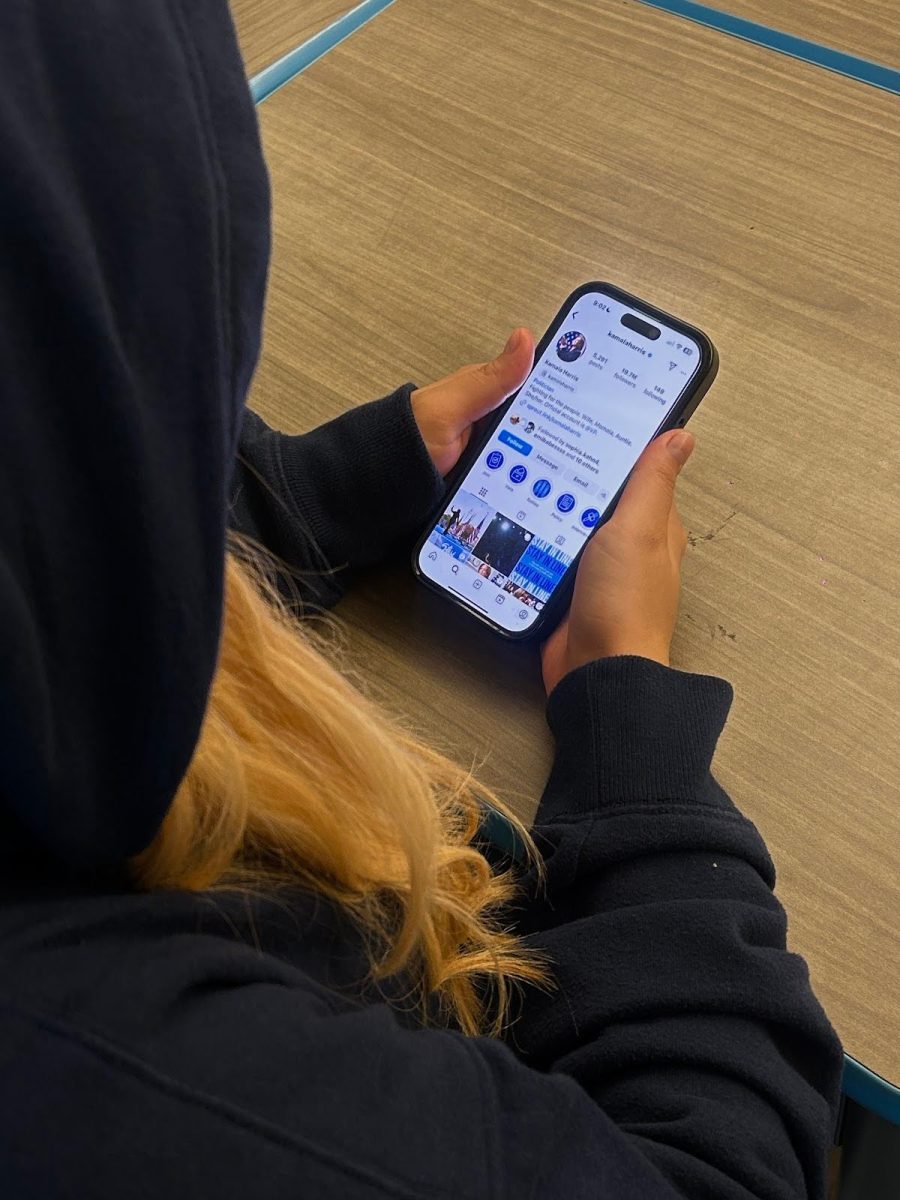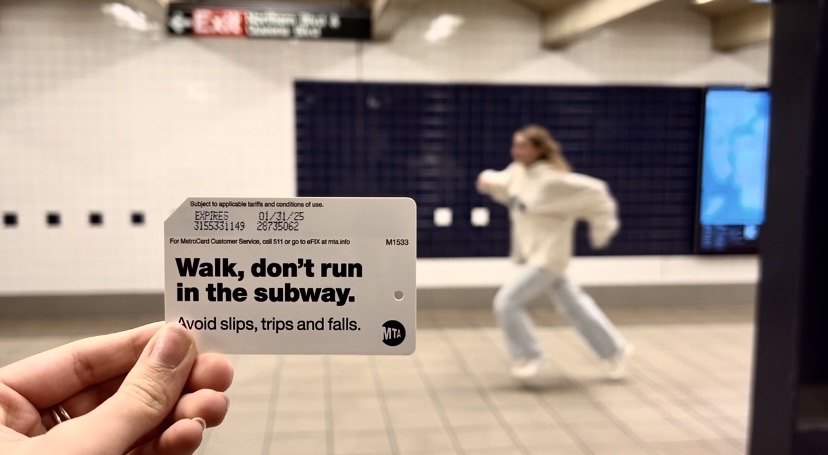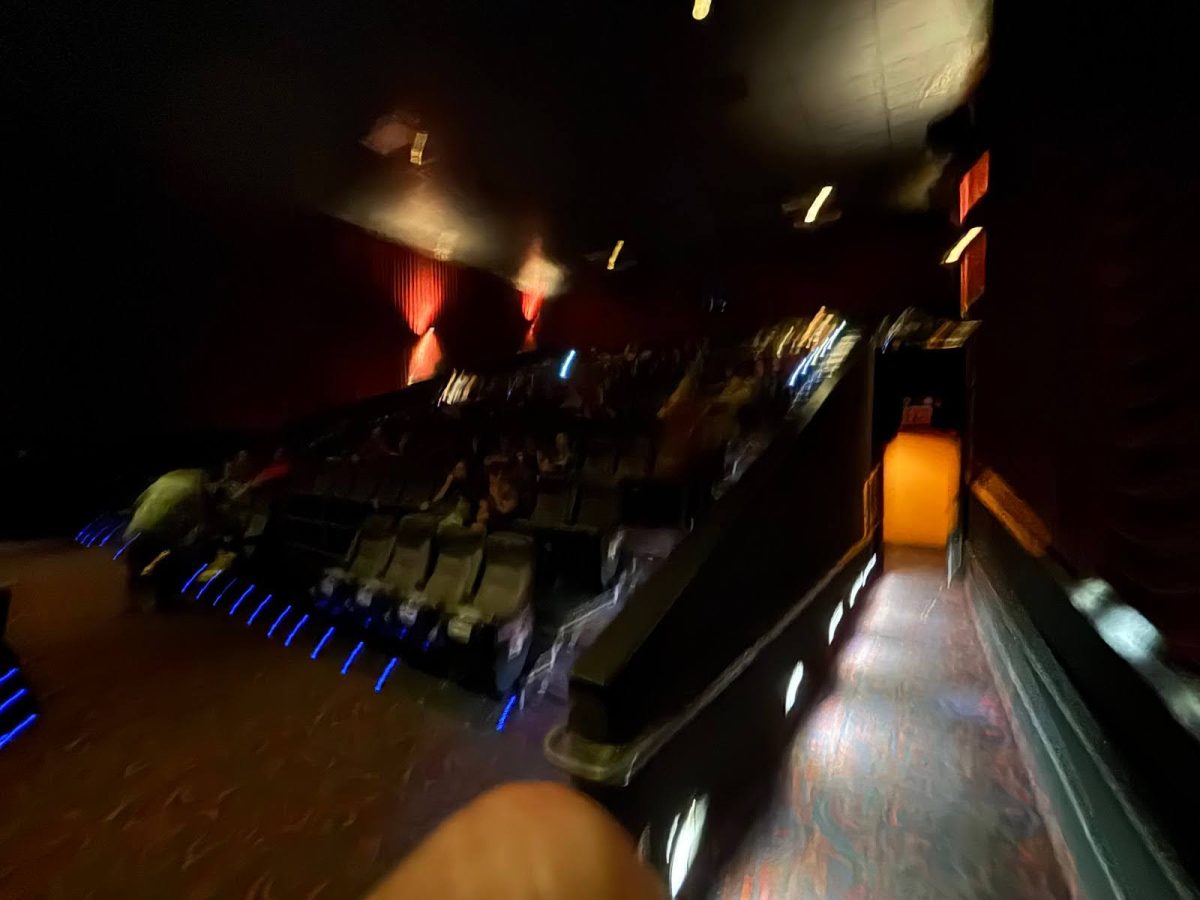Social media plays a huge role in how students learn about politics, especially during the 2024 election season. A recent survey at the Academy of American Studies found that 83 percent of students used platforms like TikTok and Instagram to stay updated on election news. While social media makes news more accessible, it also brings up challenges like misinformation, bias, and the need for better media literacy.
This year’s presidential election between former President Donald Trump and Vice President Kamala Harris made social media even more important. Platforms that were once just for entertainment are now full of debates, memes, and political updates. Some of this information is accurate, but not all of it can be trusted, which is why it’s so important to look at how students are engaging with what they see online.
For many students, social media is their main source of news. “I get a lot of my information off TikTok,” said Crystal T., a senior at Academy. This reflects a larger trend among teens, but platforms like TikTok and Instagram are also known for spreading false information. In fact, a report from Common Sense Media found that 54 percent of teens encounter fake news online, which makes it even harder to figure out what’s true.
The Academy survey highlighted some surprising stats about how students consume news. Nearly half (46 percent) of students said they wouldn’t change their opinions even if they found out the information they believed was false. Another 21 percent said they don’t check the news at all, and 41 percent admitted they feel uneducated about election topics. Only 36 percent said they feel “somewhat educated.” Many students claim the need for more support in understanding and evaluating news.
Still, some students are trying to be more mindful of how they use social media for news. “I use Instagram, but I follow accounts that post unbiased news and headlines from both sides, from trusted sources,” said Julia, another senior. This shows that students can take steps to be more informed, but it also raises the question of whether platforms and content creators are doing enough to ensure accuracy.
Not everyone feels comfortable relying on social media for news, though. “Because sometimes news on social media isn’t always accurate, and the posts can be extremely biased, I don’t follow news accounts on social media,” said senior Krissi L.
Experts point out that misinformation and bias on social media can lead to serious problems. According to the Pew Research Center, algorithms can create “echo chambers,” where users are shown content that aligns with their current views. This makes it harder to see different perspectives and increases the risk of forming opinions based on incomplete or false information.
Students need to learn how to evaluate sources, spot bias, and find reliable news. Schools could work with organizations like the News Literacy Project to teach these skills. Social media platforms can limit the spread of false information and encourage users to think critically about what they see. The survey shows that social media is the main way students at the Academy and beyond get election news. But to make sure students are forming informed opinions, there’s a need for better tools, education, and awareness.
